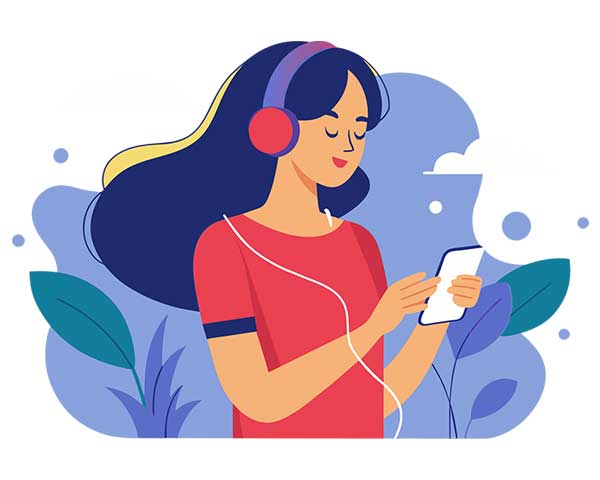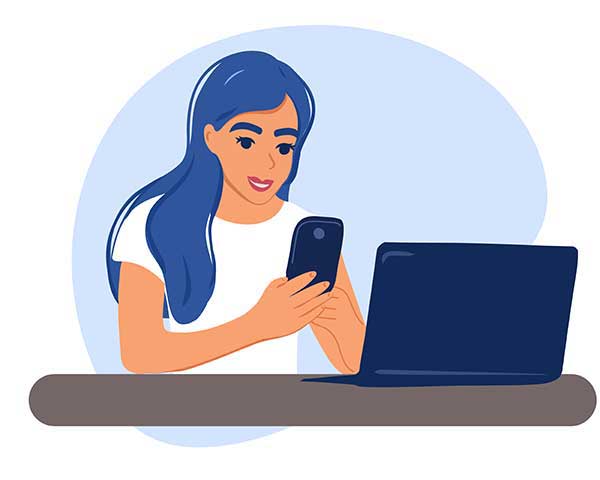LOCATOR PHONE NUMBER
Track a Phone Using an IMEI Number
Losing or having your phone stolen can be both stressful and have serious consequences. Locating your device is not just convenient, it’s often essential for ensuring the safety of those we care about. You can use an online IMEI tracking service, but it’s important to note that this method is technically complex.
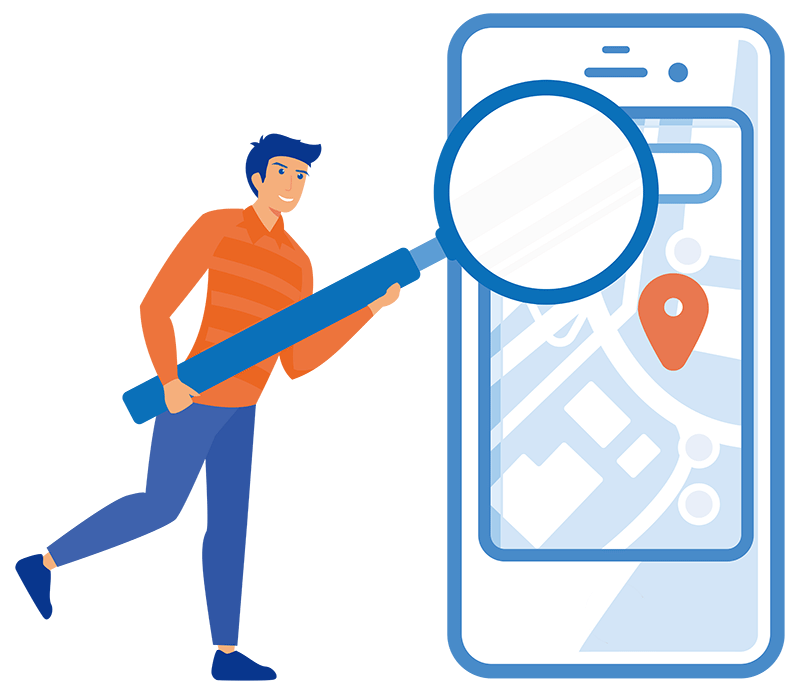
Locator phone number
Locator-Phone-Number Highlight
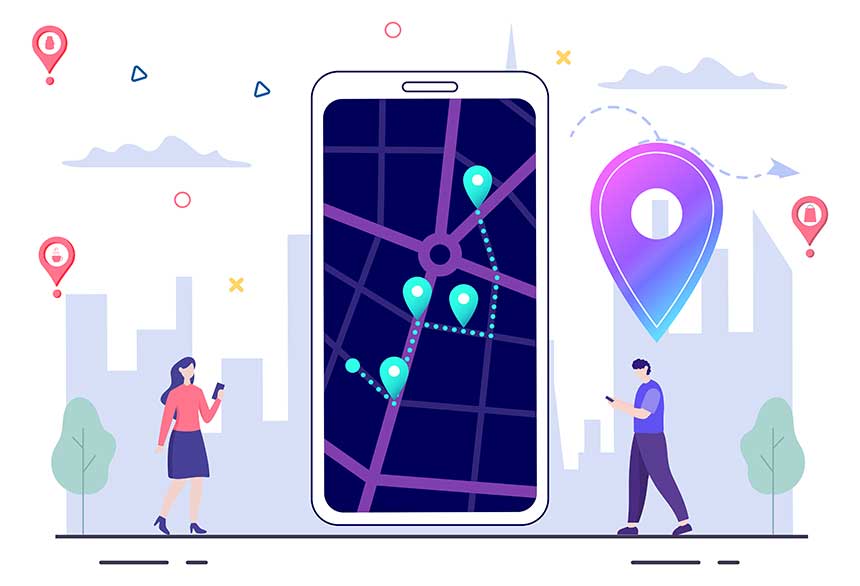
Add IMEI
Track mobile
Track IMEI Process Explained
Locator-Phone-Number easily tracks the GPS location of the device, providing real-time location updates as well as a detailed location history. Users can set up virtual boundaries (geofencing) and receive notifications when the device enters or leaves these designated areas. Additionally, Locator-Phone-Number is one of the most widely used IMEI trackers for lost phones worldwide.
- Device location: The “Find my device” feature accurately tracks the device’s location, offering an interactive Google map for zooming in and out to pinpoint the exact location.
- Location history: Even if the device is offline, you can view its last known location using the IMEI number tracker.
- Remote control: No matter where you are, you have the option to lock the device or erase all data for maximum security.
Frequently Asked Questions (FAQ)
How can I track a lost mobile phone for free?
Locator-Phone-Number is a reliable tool to track your lost phone. Simply follow the app’s instructions to locate your device.
How can I find my IMEI number?
You can easily retrieve your IMEI number by dialing *#06# on your phone. If your device is lost, you can still access the IMEI through the “Find My Device” app or service by selecting your lost phone from your synced devices.
Is it possible to track a device using its IMEI number on Google Earth?
No, it is not possible to track a device by its IMEI number using Google Earth. While Google Earth can display geographical locations, it does not have the functionality to track or locate mobile devices via IMEI. Tracking requires specialized tools or apps designed for this purpose.
How can I track my stolen phone if it’s turned off?
The only way to track a phone that’s turned off is to find its last known location when it was still powered on. However, if the phone has been moved from that location or remains off, it becomes significantly more difficult to track.
Locator-Phone-number
Latest Articles on Our Blog
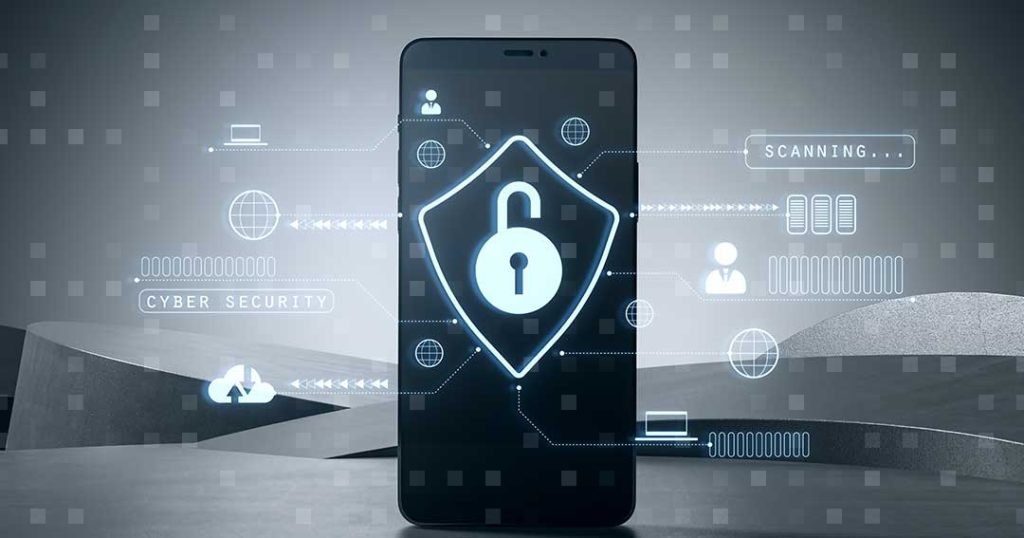
How to protect your data if your phone is lost or stolen
Amelia Aerelithra
If your phone is lost or stolen, your data could be compromised. One of the …
Read more
Android’s anti-theft features secure your device and your data
Amelia Aerelithra
Smartphone theft is a growing threat due to the sensitive information they contain. In response, …
Read moreGet started now!
Locator-Phone-Number is a dependable phone tracker that can locate anyone, anywhere using just their IMEI number.
Track Cell Phone


